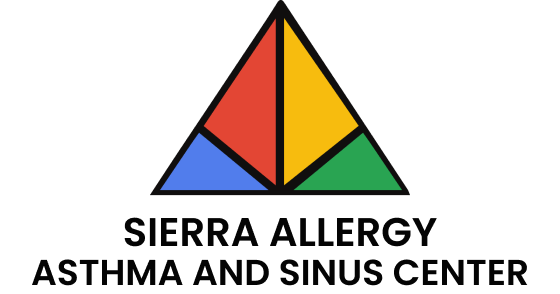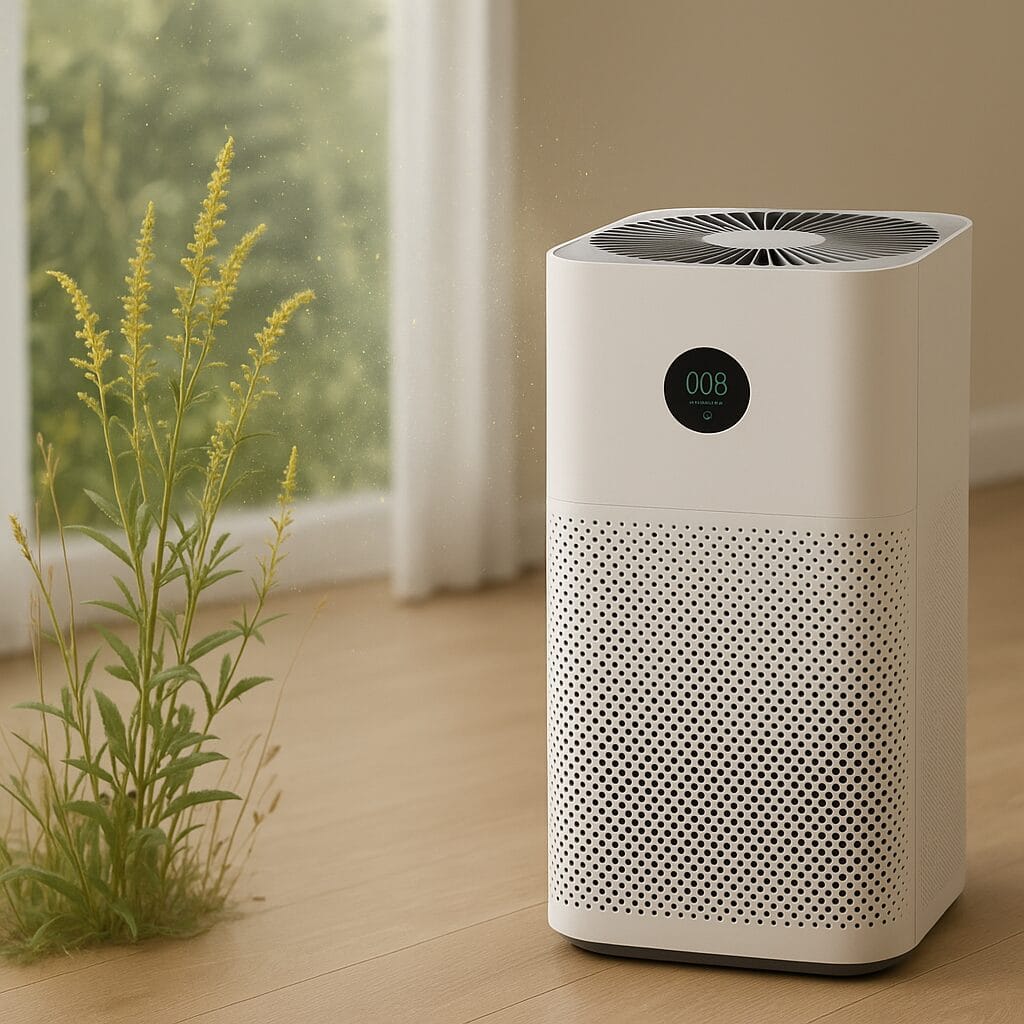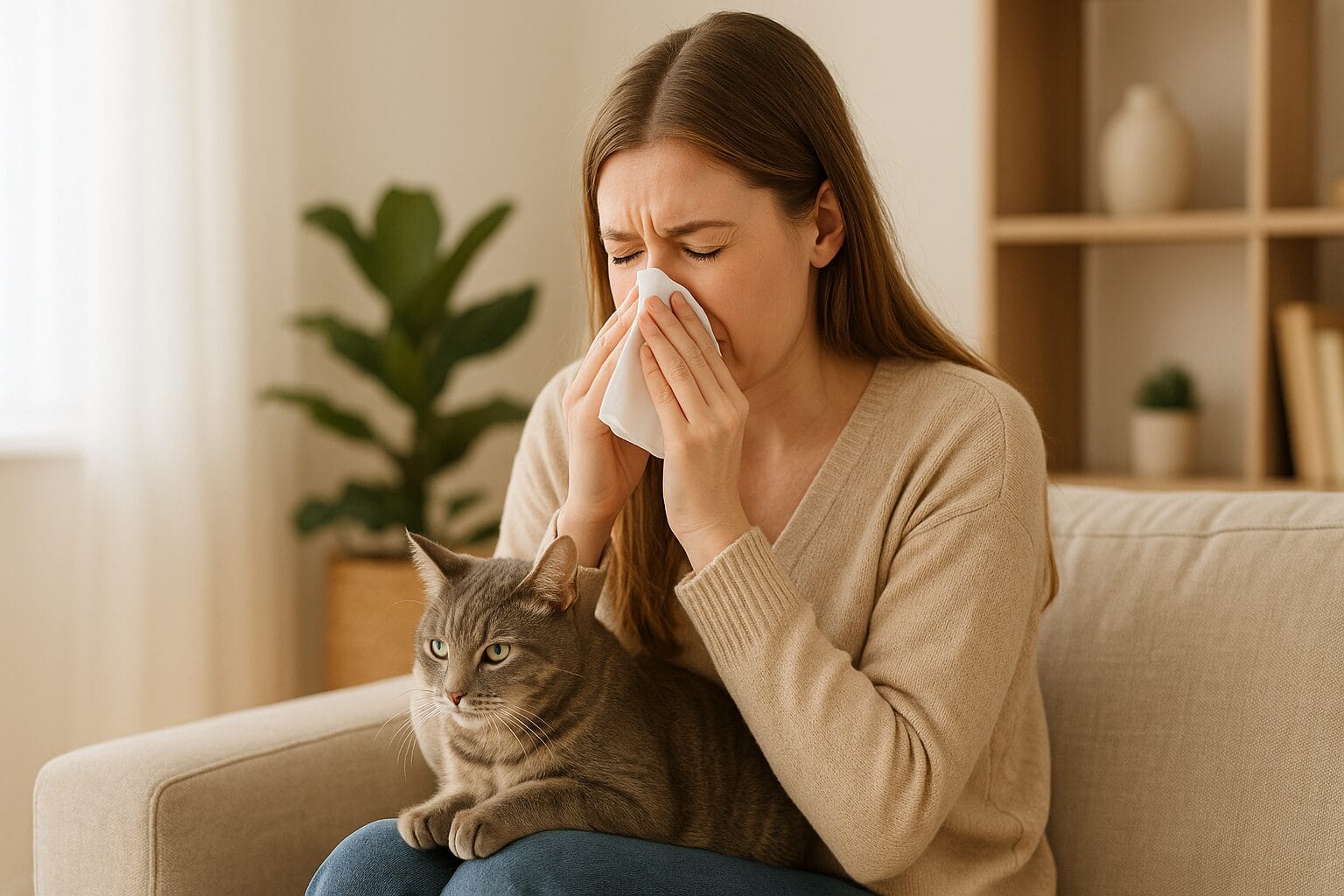Food allergies are more common than you may think. For some people, eating certain foods can cause mild reactions like itching or swelling, while others may experience life-threatening allergic reactions. Understanding what foods are most likely to trigger allergies can help you make better choices for your health and avoid unnecessary discomfort. In this blog, we’ll explore the seven top foods that could be the cause of your allergies and what you can do to manage them with the help of an allergist, immunologist, or allergy specialist.
1. Peanuts
Peanut allergies are one of the most common and dangerous food allergies, affecting millions of people worldwide. Reactions can range from mild symptoms like itching and swelling to severe, life-threatening conditions such as anaphylaxis. Peanut allergies frequently start in childhood and can continue into adulthood.
If you suspect a peanut allergy, it’s essential to consult with an allergist. They can conduct allergy tests to confirm the diagnosis and advise you on how to avoid peanuts in your diet, as well as provide emergency medication like an epinephrine auto-injector in case of severe reactions.
Tip: Read food labels carefully and be aware that peanuts can be hidden in various products, from candies to sauces.
2. Tree Nuts
Tree nuts, including almonds, walnuts, cashews, and pecans, are another common food allergy trigger. Like peanut allergies, tree nut allergies can cause severe reactions, and they tend to be lifelong. Individuals with an allergy to one type of tree nut are frequently advised to steer clear of all tree nuts due to the common occurrence of cross-contamination or cross-reactivity among different nut varieties.
Your doctor of allergy or an immunologist can help you determine which specific nuts trigger your allergies and provide guidance on avoiding them. Be sure to carry an epinephrine auto-injector if you have a history of severe allergic reactions to tree nuts.
Tip: Tree nuts are often found in unexpected foods, such as salad dressings, pesto, and certain types of baked goods.
3. Milk
Milk allergies primarily affect young children, but they can also persist into adulthood. It’s crucial to distinguish between a milk allergy and lactose intolerance, as they are distinct conditions. A milk allergy triggers an immune response that can cause symptoms such as hives, stomach upset, and even anaphylaxis, while lactose intolerance primarily causes digestive issues.
If you or your child has a milk allergy, it’s important to consult an allergy specialist for an accurate diagnosis and appropriate treatment plan. In many cases, you will need to eliminate milk and dairy products from your diet entirely, which can be challenging but manageable with the right guidance.
Tip: Be cautious with processed foods, as milk can be present in products like bread, cereals, and even some meats.
4. Eggs
Egg allergies are most common in children but can also occur in adults. Reactions can range from mild, such as skin rashes, to severe, including difficulty breathing. Many children outgrow egg allergies, but for those who don’t, avoiding eggs in all forms is crucial.
An immunologist can perform skin or blood tests to determine if you or your child is allergic to eggs. They can also provide you with alternatives to eggs in your diet, especially for cooking and baking.
Tip: Eggs are often used as an ingredient in foods like mayonnaise, baked goods, and pasta, so check labels carefully.
5. Wheat
A wheat allergy is different from celiac disease, which involves an autoimmune response to gluten. Wheat allergies can cause symptoms such as hives, stomach cramps, and difficulty breathing. If you’re allergic to wheat, it’s essential to eliminate all wheat-based products from your diet.
Your doctor of allergy can guide you on safe alternatives to wheat, such as rice, oats, and gluten-free products. They can also help you differentiate between a wheat allergy and other conditions like celiac disease or gluten intolerance.
Tip: Wheat is found in many products, including bread, pasta, sauces, and even some ice creams, so make sure to read labels closely.
6. Soy
Soy is another common food allergen, especially in children. While many children outgrow soy allergies, some carry it into adulthood. Soy can cause symptoms such as itching, swelling, and digestive issues, and in severe cases, it can lead to anaphylaxis.
If you have a soy allergy, an allergist can help you manage it by identifying soy-containing foods and offering alternatives. Soy is commonly found in processed foods, so avoiding it can require some extra attention to ingredient lists.
Tip: Soy is a hidden ingredient in many processed foods, including canned tuna, bread, and even some chocolates.
7. Fish and Shellfish
Fish and shellfish allergies are among the most common food allergies in adults and are often lifelong. These allergies can cause severe reactions, including anaphylaxis, so avoiding all fish and shellfish is necessary once diagnosed.
An allergy specialist can help you navigate these allergies by providing tips on avoiding fish or shellfish in your diet, as well as advising on how to handle cross-contamination risks in restaurants or grocery stores.
Tip: Shellfish allergies are different from fish allergies, so if you’re allergic to one, you may not be allergic to the other. Be sure to consult your immunologist for clarification.
Steps to take if you suspect a food allergy
If you think you or your child may have a food allergy, the first step is to see an allergist or immunologist. They can perform allergy tests, such as skin prick tests or blood tests, to determine if you’re allergic to any of the foods mentioned above.
Working with a doctor of allergy can help you:
- Confirm if food allergy is real.
- Learn what foods to avoid.
- Get personalized advice on how to manage your diet.
- Obtain emergency medications, such as epinephrine, if needed.
How to manage food allergies
Once you know which foods are causing your allergies, the next step is to manage them effectively. Here are some helpful tips for living with food allergies:
Read labels carefully
Always check ingredient lists on packaged foods to avoid accidental exposure to allergens.
Ask questions when dining out
Inform restaurant staff about your allergies and ask about ingredients or cooking methods that may cause cross-contamination.
Carry emergency medication
If you have a severe food allergy, always carry an epinephrine auto-injector and know how to use it in case of an allergic reaction.
Consult with a healthcare provider regularly
Your allergist or immunologist can provide updates on the latest treatments or management strategies for your food allergy.
Conclusion
Food allergies can be challenging to manage, but with the right knowledge and support, it’s possible to live a healthy and happy life. If you suspect that you or someone in your family has a food allergy, reach out to a knowledgeable allergist or allergy specialist for guidance.
Remember, taking care of your health is a top priority, and identifying food allergies is the first step toward living allergy-free. Always consult with a healthcare professional before making any dietary changes, and don’t hesitate to seek help from a compassionate expert who can guide you through this process.





